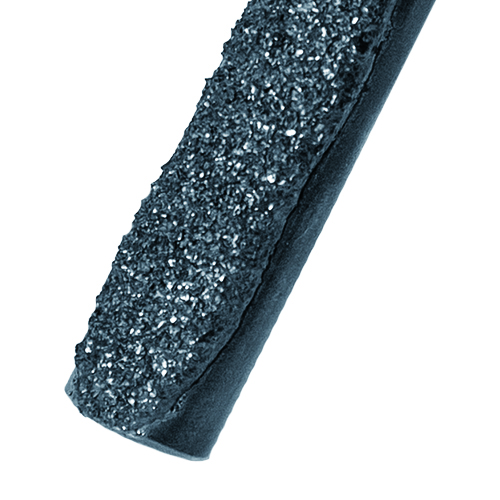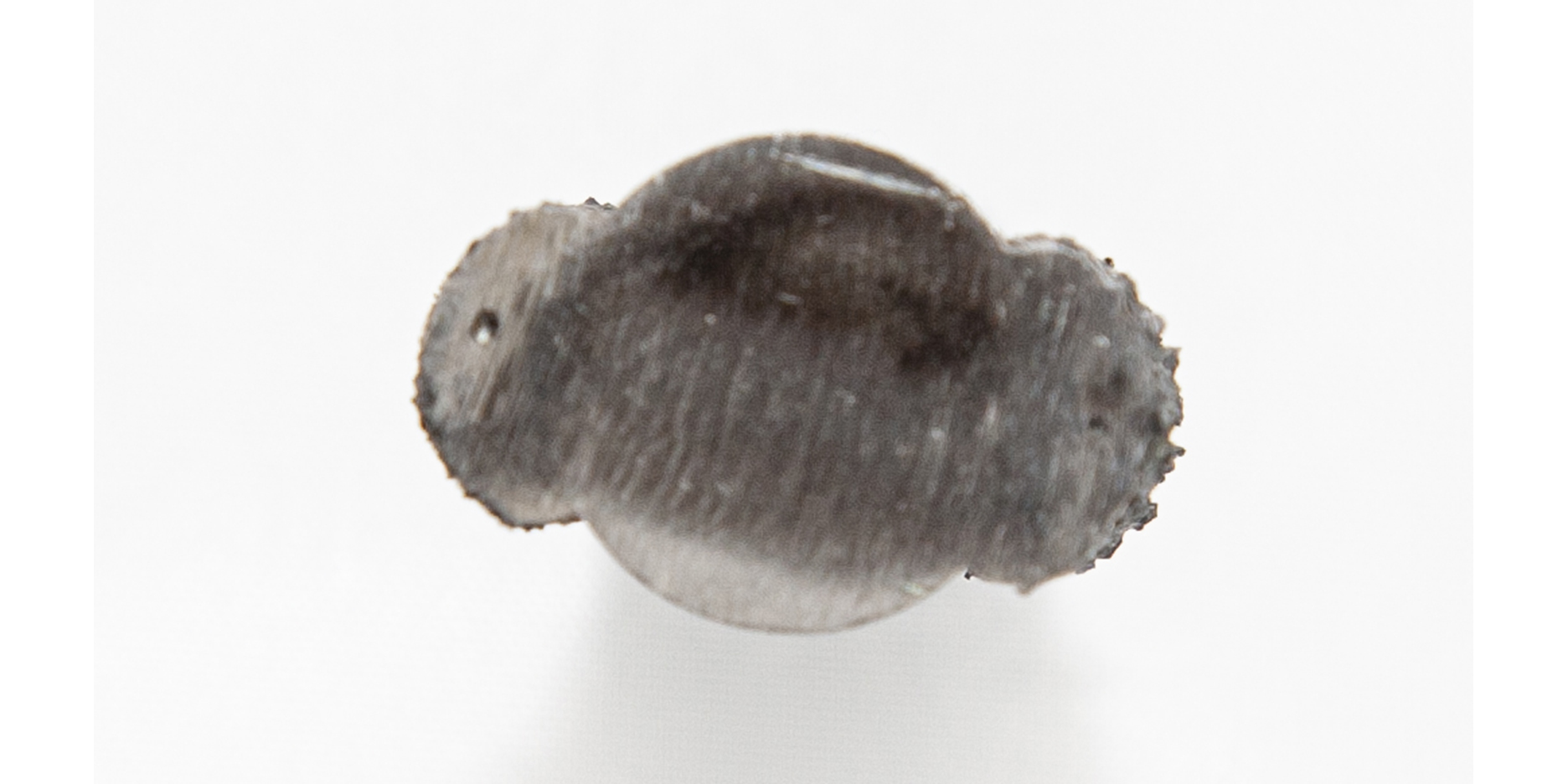The Product


What is MAX LIFE?
MAX LIFE in its simplest description is a weld pool with solid chunks of tungsten carbide spread evenly throughout the weld from top to bottom. Unlike other hard surface coatings, the weld deposit will not chip or flake due to impact and is extremely tough. MAX LIFE is a cost-effective solution suitable for many high wear applications across industries.
How is it applied?
The MAX LIFE welding process has been perfected through nearly 30 years of testing and refinement. The deposit is controlled using the precision of a robotic welding cell and a unique robotic welding arm assembly. This enables flexibilty when applying the deposit to different products without changing the properties of the deposit itself.
How is the quality controlled?
The MAX LIFE deposit is frequently tested by taking cross sections of the weld, then polishing and etching the cut face to expose the solid carbide particles. This reveals the deposit pattern of the tungsten carbide chunks throughout the weld pool ensuring we are supplying a final product that sets us apart from the rest.
How does MAX LIFE compare to other hard facing processes?
Mig Wires
Hard surface wire types can vary greatly in hardness and extended wear life. Some are not much harder than a regular mig weld while others have a fairly high hardness. Some of these wires have certain types of carbide powder as part of their makeup while MAX LIFE has actual tungsten carbide granules. These hard surface wires are applied fairly hot, putting more head into the part and tempering the hardness of the base material. The MAX LIFE deposit is applied much cooler and the heat affected zone is minimized. Our testing has proven that MAX LIFE is a much superior mig applied hard surface wire product.
Lazer Clad Coatings
This process uses a lazer to apply a deposit. The matrix consists of vanadium carbide but it is usually a low percentage of the overall deposit and the resulting coating is much softer than MAX LIFE. The MAX LIFE deposit consists of actual tungsten carbide particles embedded in the matrix making it extremly hard, durable and a superior product for long wear and durability.
Oxyacetylene
Manual deposits are applied with a torch. This puts more heat into the part, tempering the hardness of the base material. Part wear compared to MAX LIFE may be similar but it is a more cumbersome process to apply.
Powder Torch
An oxyacetylene deposit is applied with a special torch and funnel system that heats the part up. This process creates more heat than the other oxyacetylene deposit, deteriorating the hardness of the base material even more.
PTA (Plasma Transfer Arc)
Wear can be excellent and it can be robotically applied however it is very expensive and specialized equipment is required.
Furnace Applied Surface Coatings
Slurry application such as Liquid Nitriding and Carborizing is followed by heat treatment. This process is prone to flaking or cracking. The coating isn’t very thick, and parts have to be reheated during application. MAX LIFE is more impact resistant.
